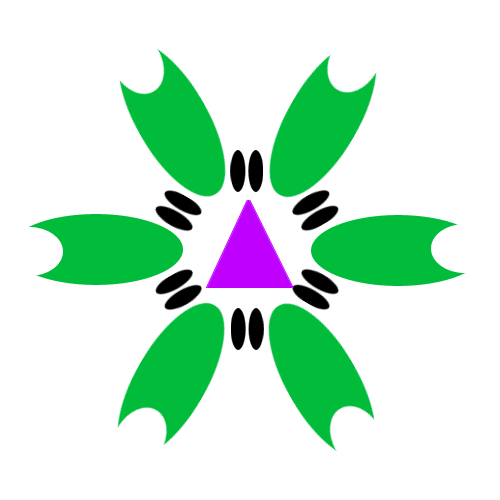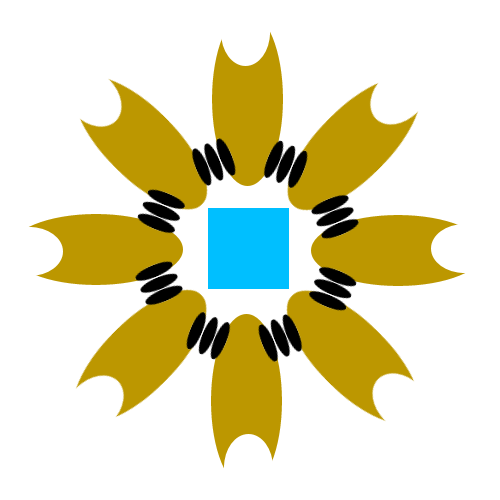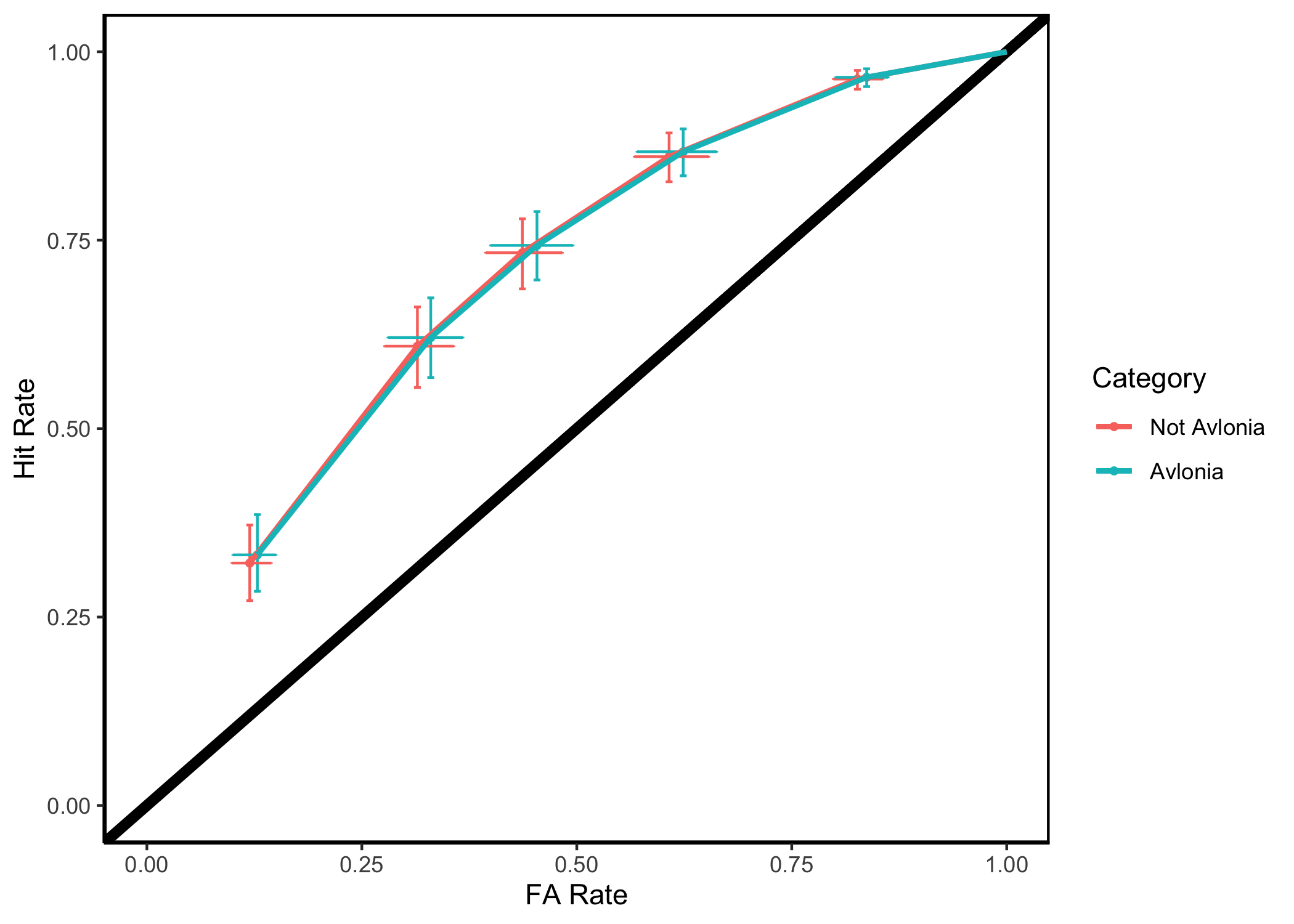Category Learning & Memory
Along with collaborators in the Imagination and Modal Cognition Lab, this line of research investigates how past experiences with categories can affect memory for items in that category.
It is well-known that people fill in gaps in their memory using learned schemas, or templated memory structures. For instance, when recalling a visit to the doctor, many people might remember their doctor wearing a white lab coat and a stethoscope around their neck, since these are typical things for doctors to wear. Usually this feature of memory helps us remember accurately, since it is impossible to remember every single detail of a memory accurately. But decades of memory research shows that we tend to exhibit this bias even when it harms us: we remember the stereotypical doctor even if this memory is false.
We wanted to investigate how these tendencies are learned over time. But, schema learning is hard to study because schemas typically take a lot of time and experience to learn. So, we drew a parallel between schemas and simple categories, which are readily learnable. Specifically, we made the flowers below, which vary in terms of petal count and color, center shape and color, and sepal count:



Across several studies (De Brigard et al., 2017; O’Neill et al., 2021; Yin et al., 2019), we’ve found support for the same overall effects: people are more likely to remember flowers from newly learned categories (e.g., an avlonia is a flower with red petals) that they actually saw, but they are also more likely to falsely remember seeing a flower from that category. These effects only appear for people that successfully learn the category (Yin et al., 2019), and they appear regardless of how the category was learned (e.g., through supervised practice or explicit instruction; O’Neill et al., 2021).
Finally, we characterized these memory using signal detection analysis, a computational model designed to deconfound sensitivity (i.e., memory accuracy) from bias (i.e., response tendency). We found that people who learned the category well had an increased bias: they tended to report that they had previously seen flowers in the learned category whether or not they actually saw that flower in the past:



References:
- De Brigard, F., Brady, T.F., Ruzic, L. et al. Tracking the emergence of memories: A category-learning paradigm to explore schema-driven recognition. Memory & Cognition 45, 105–120 (2017).
- O’Neill, K., Liu, A., Yin, S., Brady, T., & De Brigard, F. (2021). Effects of category learning strategies on recognition memory. Memory & cognition, 1–15.
- Yin, S., O’Neill, K., Brady, T., & De Brigard, F. (2019). The effect of category learning on recognition memory: a signal detection theory analysis. Proceedings of the 41st Annual Meeting of the Cognitive Science Society.
